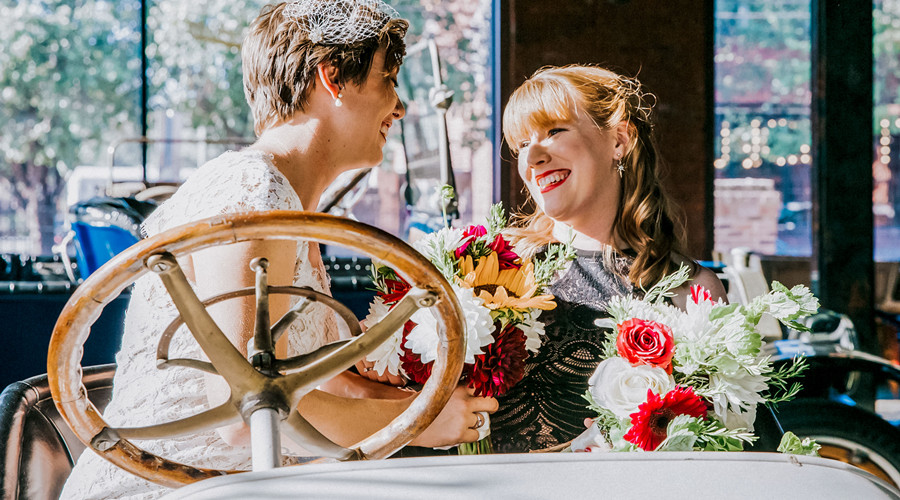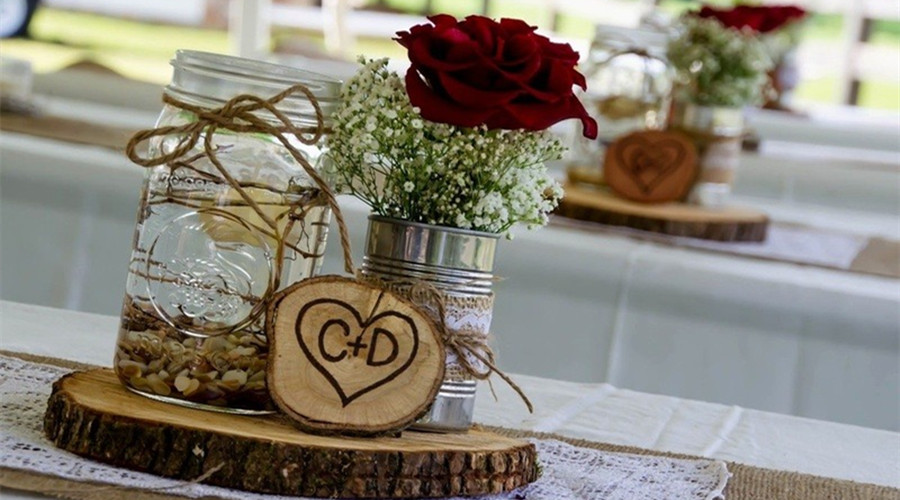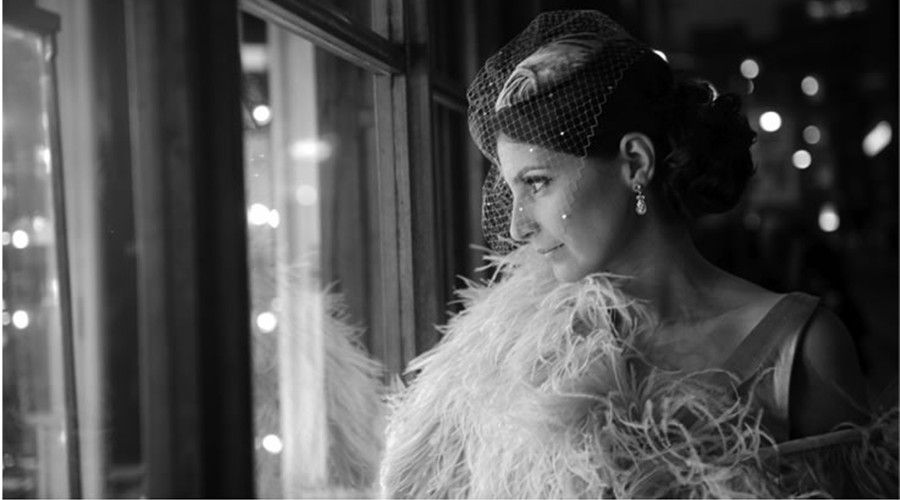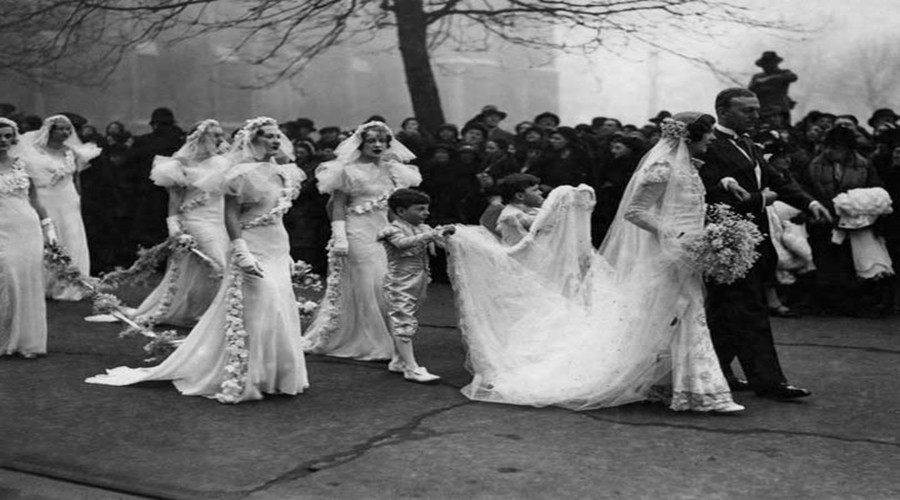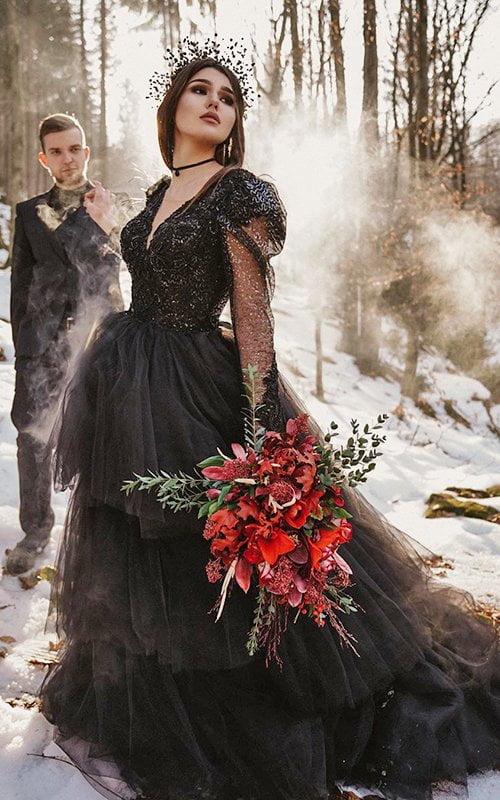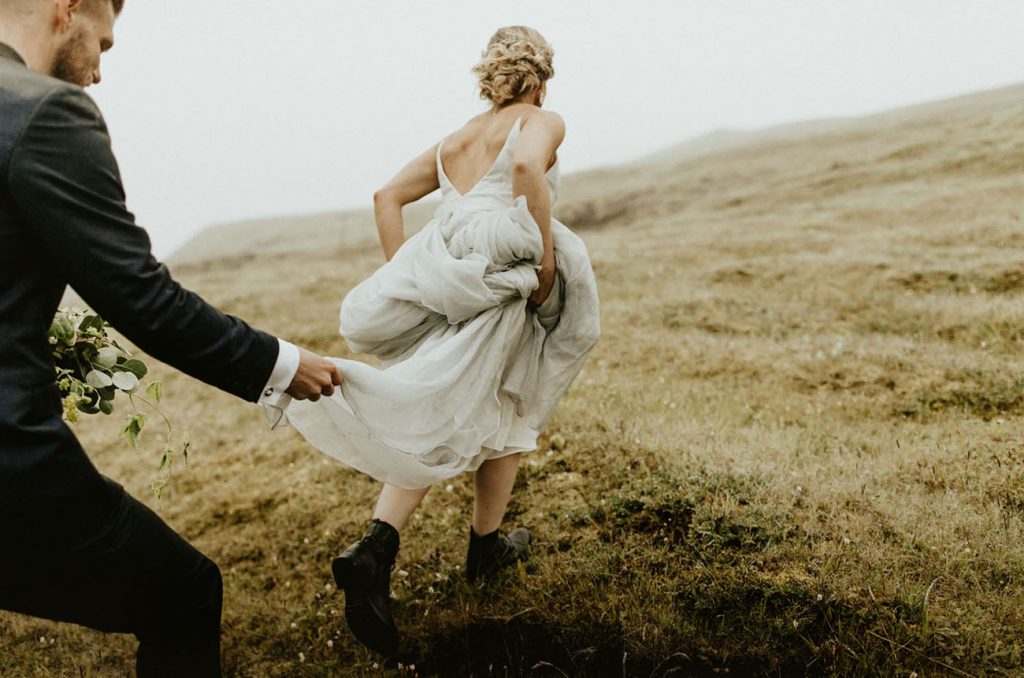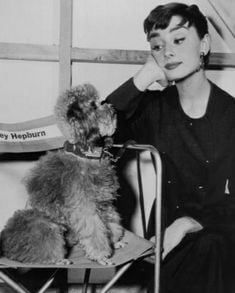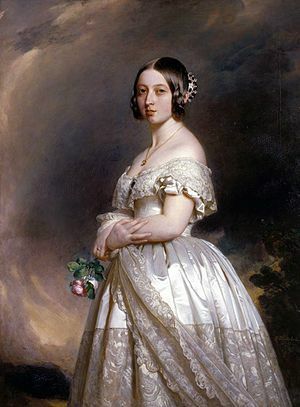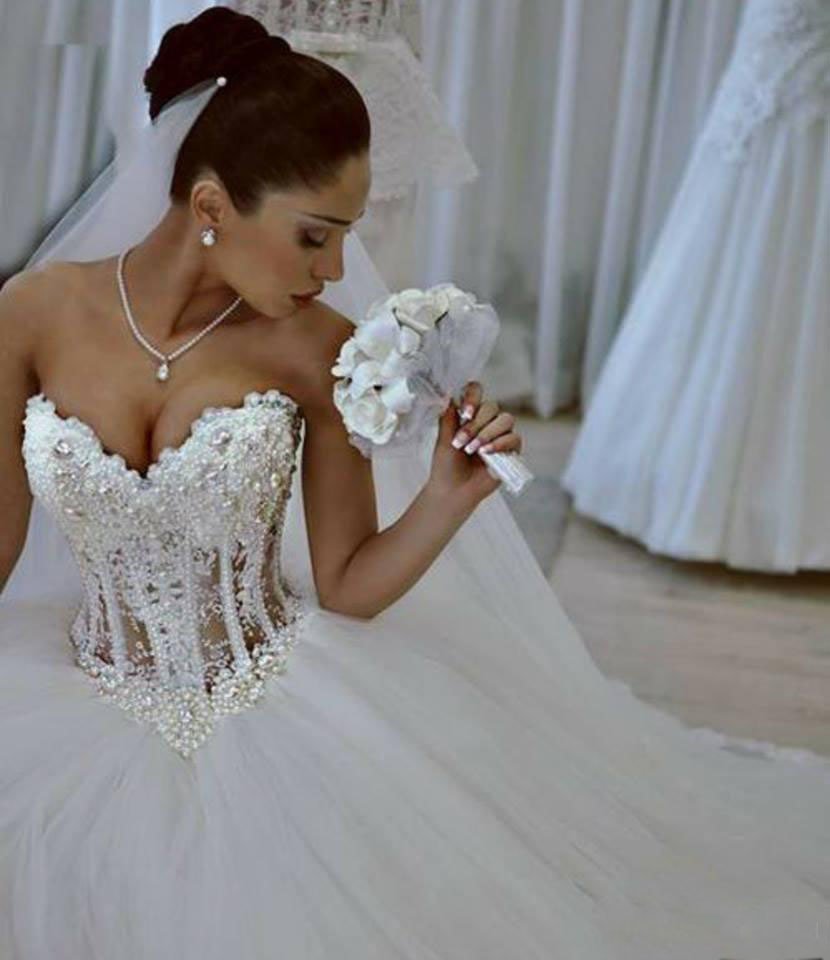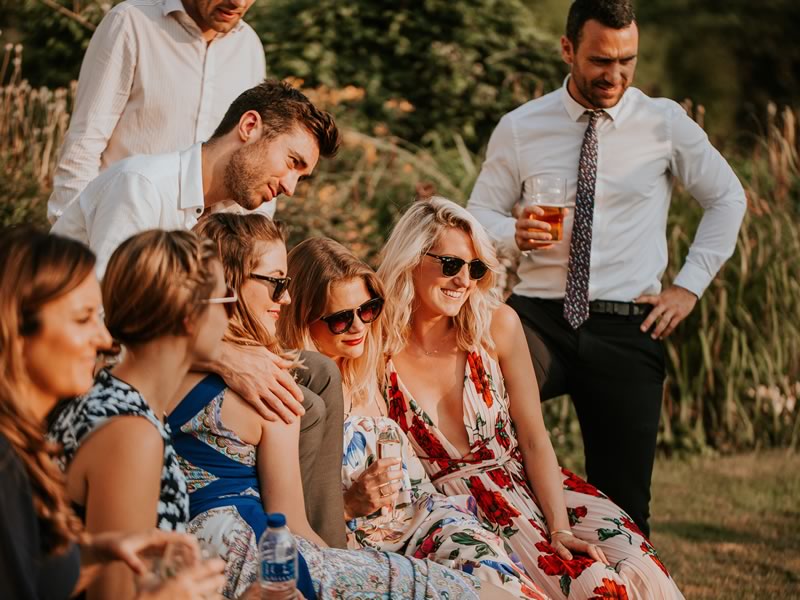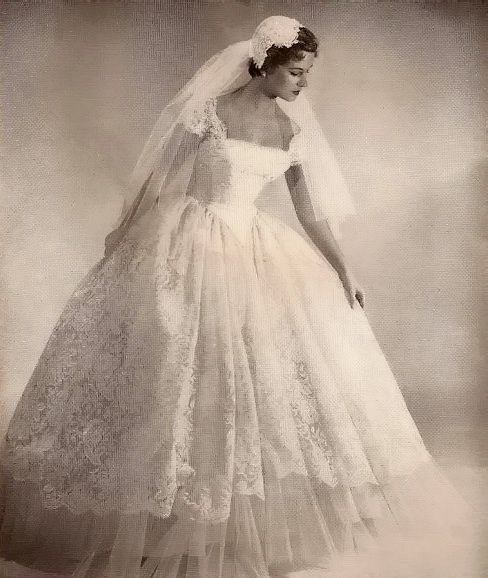Selecting a wedding dress has always been a special task for brides and want-to-be brides. It’s one task that has united ladies from different decades because it signifies the taste of the bride, her family status, and her personality.
Wealthy families for many have been known to spare no expense where wedding attires are concerned. They purchase the best fabric to be made by the best dressmakers or the most priceless wedding dress at a bridal store.
Looking back at wedding dress trends from years ago is one way through which brides and dressmakers draw inspiration on the fabrics and designs.
Wedding Dresses of the 1920s
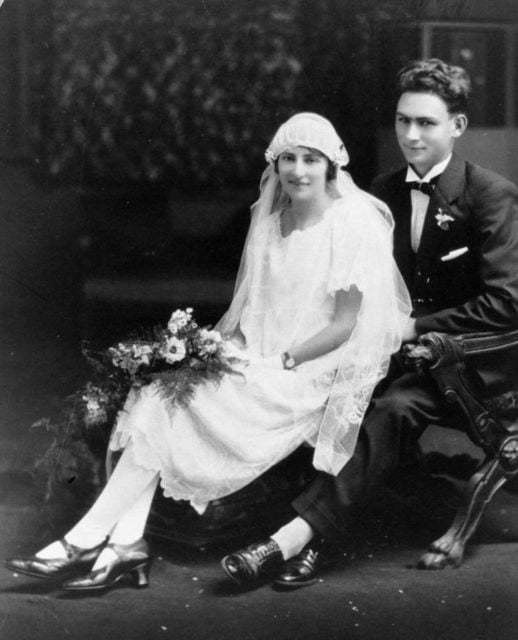 The 20s has some of the most timeless fashion styles. This era was inspired by liberation, Egyptian trends, Jazz, and art.
The 20s has some of the most timeless fashion styles. This era was inspired by liberation, Egyptian trends, Jazz, and art.
Wedding dresses of this era were not left out. They were either in the childlike sensuality of the 20s; loose-fitting, shapeless, embroidered, feathers, and beads, or they gave an opulent appeal with richly draped satin.
Wedding gowns of the 20s were worn with a cap and a long veil. The dress, typically made of satin or lace, could either have been a tea-length or long dress with a short train. The sleeves were either made long or short.
One major characteristic of the 20s wedding dress is the beads. Beads were either found as part of the brides’ accessories or embedded on the dress. 20s bouquets were typically full and cascading. Flowers, fresh or aesthetic, were used in a variety of colors.
The brides wore the makeup that was characteristic of the time and their shoes were pointed strapped or strapless Mary Janes with 2 or 3-inch heels, worn with stockings.
Wedding Dresses of the 1930s
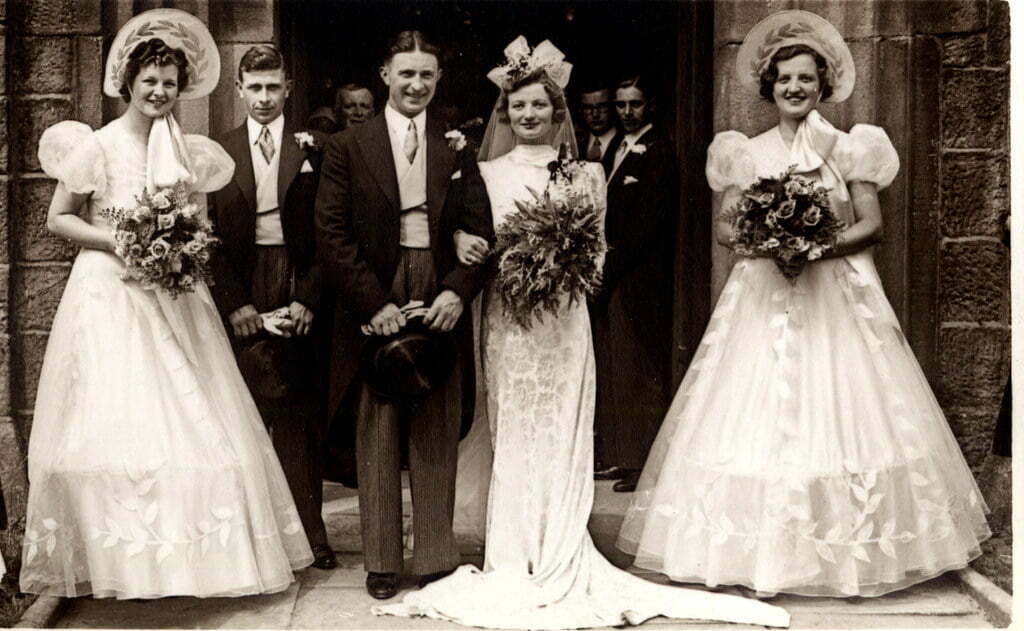 Wedding dresses of the 1930s were often described as fitted. This indicated that the era of loose-fitted dresses had become the past.
Wedding dresses of the 1930s were often described as fitted. This indicated that the era of loose-fitted dresses had become the past.
Wedding dresses of the 1930s were made out of silks, rayon, and satins. Although fashion was considerably expensive, everything was done on a moderate budget.
There were numerous variations of wedding dresses in the 1930s, but some patterns were recognized in nearly all dresses.
The majority of the wedding dresses in the 1930s was straight or A-cut and long. The accessories were kept to a minimum with simple earrings, and a long veil.
The wedding bouquets and shoes were quite similar to those of the 20s, except, unlike the 20s where different color shoes were worn, the 30s brides wore mostly white shoes which were hardly visible beneath their long dresses.
Wedding Dresses of the 1940s
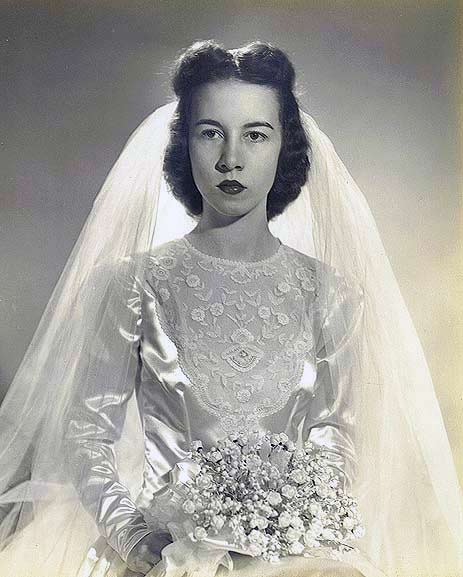 The 40s were marked by wars and uncertainties. Although marriage was important, it was not taken as such an extravagant affair as the decades before.
The 40s were marked by wars and uncertainties. Although marriage was important, it was not taken as such an extravagant affair as the decades before.
The majority of weddings, asides from those conducted in order to fuse nations and restore peace, took place with minimal planning and resources. Some wedding parties and couples were known to conduct their weddings in their work clothing.
On the few occasions where the brides had the time to scout for dresses, the dresses were made from silks or satins, they had high necks, mostly sweetheart necks and the shoulders were made high, mimicking the military style fashion trending. The sleeves were mostly elbow length.
The bridal bouquets were made smaller; the veils were supported by headbands, and were long. The bride’s shoes were 4 to 5 inched stilettos hardly visible underneath her long dress.
Wedding Dresses of the 1950s
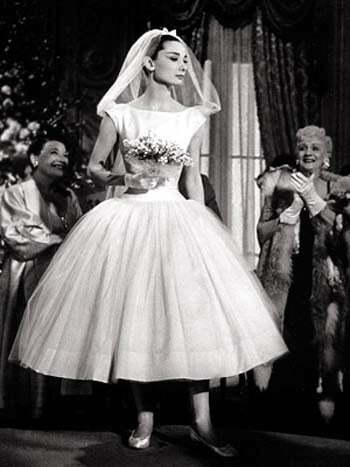 In the 1950s, people began to look to celebrities and designers for wedding dress inspiration.
In the 1950s, people began to look to celebrities and designers for wedding dress inspiration.
Wedding dresses of the 1950s had sweetheart necklines, fitted waistlines, and full skirts. Although like others, there was no single look for wedding dresses. However, these details were prominent for wedding dresses of the decade.
The mid and early 50s had longer full skirts, while the late 50s had shorter tea-length style dresses. They were mostly made from satins, laces, and silks. Their veils were short, while the sleeves took on different lengths. The shoes were 5 to 6 inches, covered toes, while the bouquets became smaller.
Wedding Dresses of the 1960s
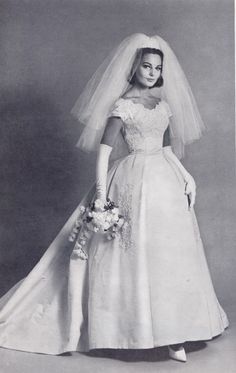 60s style wedding dresses were a lot more freestyle than other decades. There were a number of variants to wedding dresses for different brides, however, some patterns cut across all variations.
60s style wedding dresses were a lot more freestyle than other decades. There were a number of variants to wedding dresses for different brides, however, some patterns cut across all variations.
The majority of dresses had a simple A-cut style. They were made either long or short, depending on the bride’s preference.
Lace became one of the most popular, but others like cotton, satin, and silk were still used. The sleeves were either long or short, veils were typically short or exchanged for small caps. Bridal bouquets were made simple and small, while shoes often resembled ballerina flats or had low heels.
Wedding Dresses of the 1970s
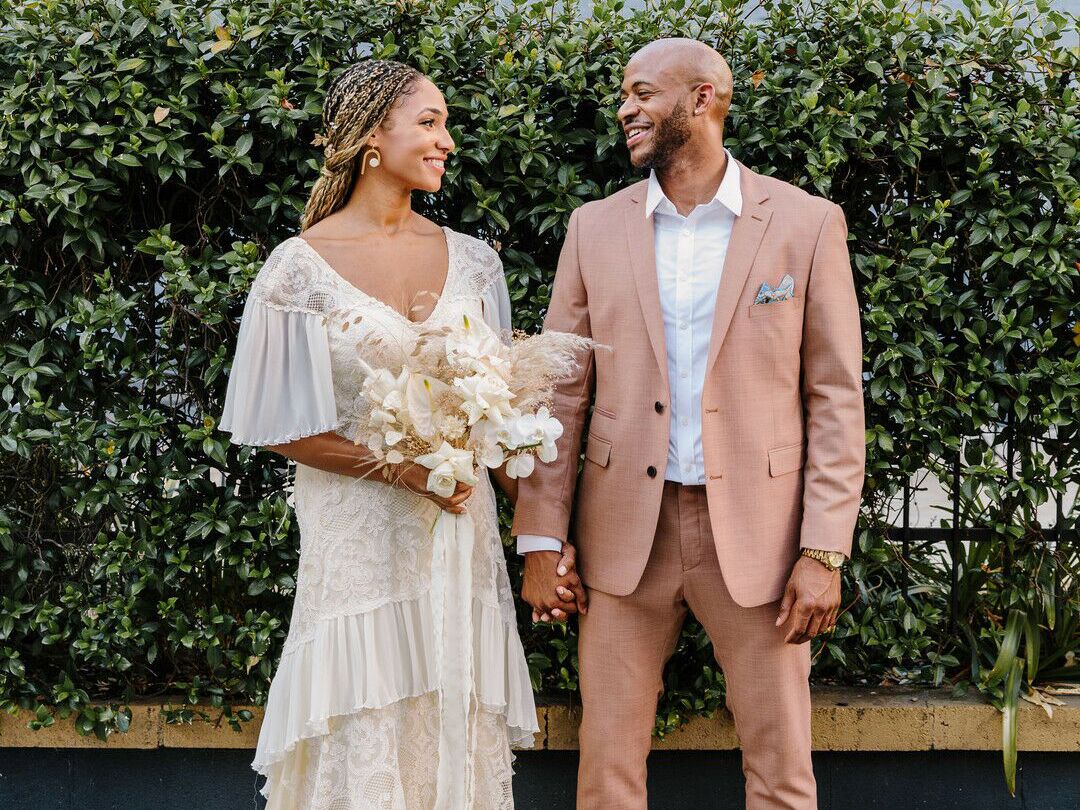 1970s wedding dresses were made for comfort. They typically had high necks and empire waists. The dresses were full coverage and selective lengths. Polyester and rayon became popular for wedding dresses in this era. The wedding bouquets became scanty and small, while veils were according to preference.
1970s wedding dresses were made for comfort. They typically had high necks and empire waists. The dresses were full coverage and selective lengths. Polyester and rayon became popular for wedding dresses in this era. The wedding bouquets became scanty and small, while veils were according to preference.
Wedding Dresses of the 1980s
The 80s look is similar in fashion influence like the 20s. Everything fashion was made loud and catchy, and wedding gown fashion was not left out.
Wedding dresses in the 80s were marked by their puffy sleeves made as either ruffles or bows. The dresses were made to have more structure than other decades. The necks were high collars, while the dresses were either long or straight, or comprised of a full train. The veils were either long or short and full at the top of the head.
Wedding Dresses of the 1990s
90s wedding dresses are more or less what a bride of today would love. Dresses had low off shoulders, long or short sleeves. Their lengths were either long or short with crystals around the sleeves and the entire dress.
Bridal veils had headbands and were made puffy like the 80s. The brides typically wore gloves and their shoes were in white or silver.

